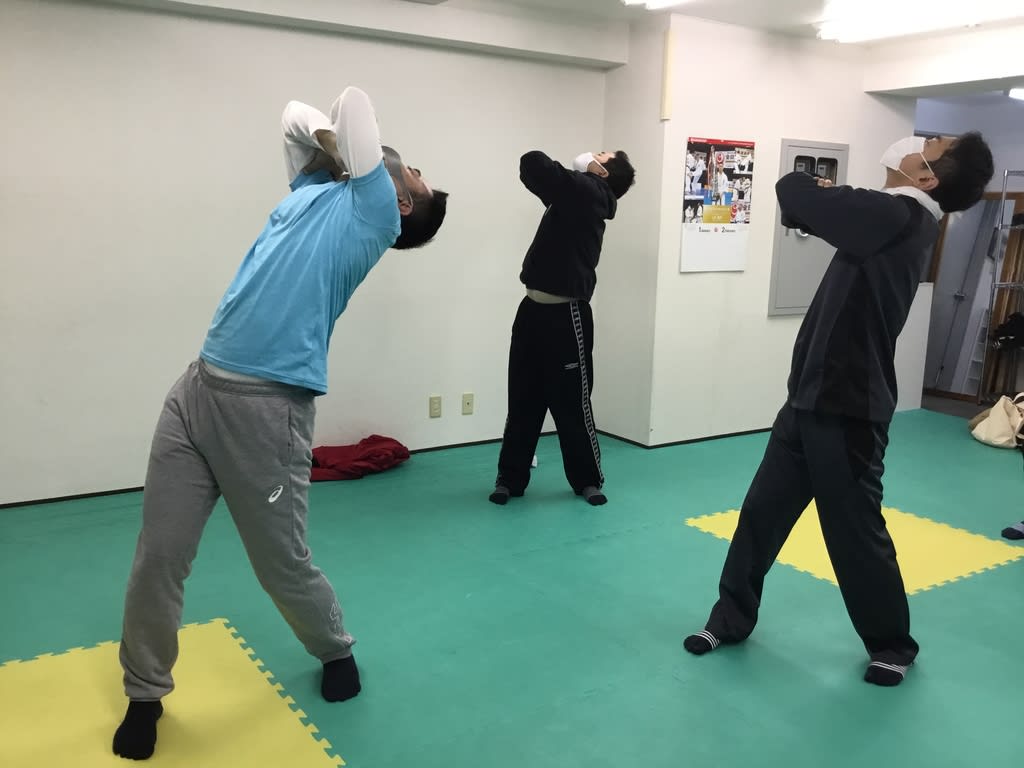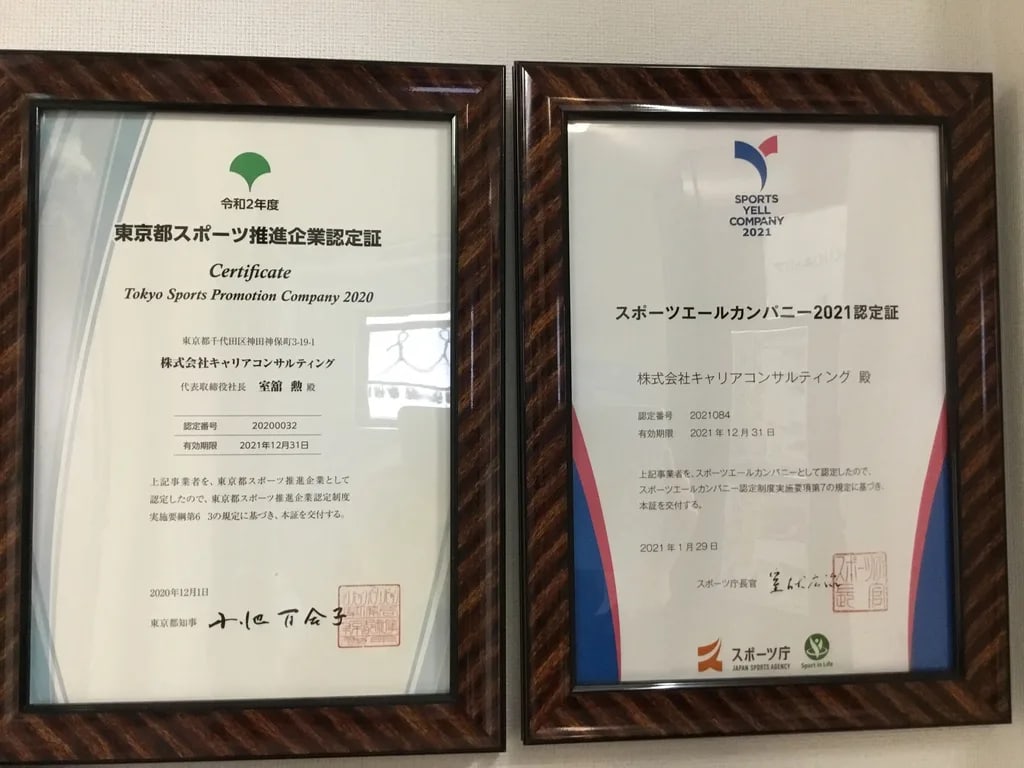縄文から考える人類の歴史と未来
今週土曜の20日夜9時にTBSテレビ「世界ふしぎ発見!」
縄文特集に内山純蔵先生がご出演されました。
2021年6月17日ブログより
ビックニュース、エストニアは縄文土器最終地点だったのか。
国際縄文学協会のセミナーに行きました。
ユーラシア北方森林帯の文化
講師 内山純蔵氏(東京大学文学部、環境考古学,セィンズベリー
日本芸術研究所、金沢大学客員教授)
内山先生のお話を私の範囲で理解した事を書いてみます。
縄文が深く関わった土器誕生とその広がりを軸に、従来注目される
事の少ないユーラシアの北方森林帯文化について考える。
20万年以上に及ぶ現生人類の歴史の流れで、その中で縄文がどの
ような位置を占めるのかを考えます。
エストニアと縄文人の繋がりの始まりは、7000年前にさかのぼり
ます。
北海道縄文からエストニアへの道のりで、ミそこに原生人がいて
縄文土器に似た土器を作りました。
日本からエストニアにまた北アメリカ、アジアはミトコンドリアの
同じ染色体がみつかっています。
ヨーロッパとは違うミトコンドリア配列でした。
北方からは犬🐕 が日本に入ってきたようです。
その年月は7,000年の期間を要しながら。
シルクロードの上の方のグリーンベルトを通ったミトコンドリア
のDNAから分かりました。驚き❗️
土器は7,500年前東から北へ、エストニアのナルヴァアに到達
しました。
縄文草創期に伝わって行き、日本からエストニアにいくまで7,000年
の月日を要しました。
ナルヴァア文化はエストニアの🇪🇪三大文化に入ります。
当時北海道は朝鮮半島と陸で繋がっていました。
北ユーラシア森林地帯経由で移動して、食料は動物、淡水魚
など土器で煮炊きして食べました。エストニアへこうやって土器
が伝わって行きました。
交通手段に犬ソリ🛷🐕を使い、北方から日本へ犬が伝わっ
てきました。
二つの国はこういう便利なものがあるという事から(今でいう貿易
の始まり)。
エストニアのナルヴァア文化はエストニアの東の方にあり、三大
文化に入ります。
The history and future of humankind from the Jomon period
TBS TV "Discover the World Mystery!" At 9 pm on the 20th
of this Saturday
Junzo Uchiyama appeared in the Jomon special feature.
I've been to a seminar of the International Jomon Culture
Conference.
Junzo Uchiyama, Cultural Lecturer, Northern Forest Zone,
Eurasia (Faculty of Letters, University of Tokyo, Environmental
Archeology, The Sainsbury Institute for Art (SIfA), Visiting
Professor at the Kanazawa University)
I will write the story of Professor Uchiyama as far as I understand.
The connection between Estonia and the Jomon people dates
back 7,000 years.
On the way from Hokkaido, Japan to Estonia, the natives there
made pottery similar to Jomon pottery.
The same mitochondrial chromosomes have been found from
Japan to Estonia, as well as in North America and Asia.
It is a mitochondrial sequence different from Europe.
It seems that a dog 🐕 has entered Japan from the north.
That year takes 7,000 years.
They went through the green belt north of the Silk Road.
It was found from mitochondrial DNA. Surprise ❗️
Jomon pottery reached Narvaa, Estonia, from east to north
7,500 years ago.
It was introduced in the early Jomon period, and it took 7,000
years from Japan to Estonia.
Narva culture is one of the three major cultures of Estonia.
At that time, Hokkaido was connected to the continent via
the Korean Peninsula.
They traveled through the Northern Eurasian Forest.
Their food was animals, freshwater fish, etc. boiled in pottery
and eaten. This is how the pottery was transmitted.
Their means of transportation was the dog sled 🛷🐕, and
for that reason dogs came from the north to Japan.
People in the two regions benefited from these useful things
being communicated to each other. (Beginning of trade).
Narva culture is located in the eastern part of Estonia and is
one of the three major cultures of Estonia.
Focusing on the birth and spread of pottery, which is deeply
related to the Jomon culture, we will consider the northern
forest zone culture of Eurasia, which has not received much
attention in the past.
We will consider what kind of position Jomon culture occupies
in the history of modern human beings over 200,000 years.
Continue



























